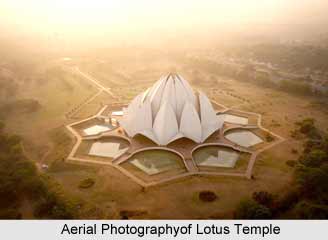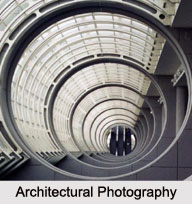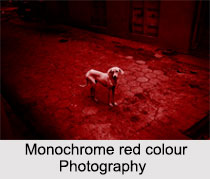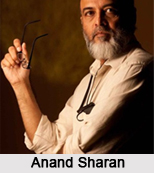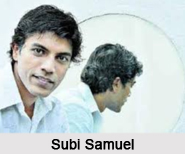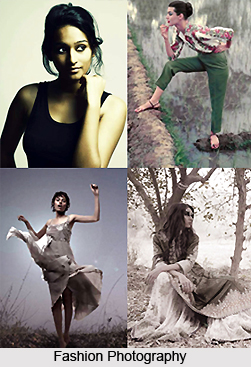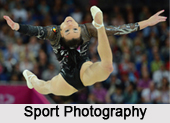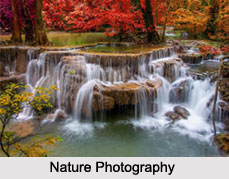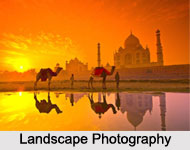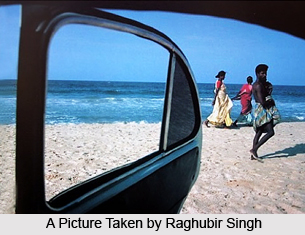 One of the twentieth century`s finest documentary photographers, Raghubir Singh or Raghubir Singh Khatu was born in Rajasthan in 1942 in a thakur family. Raghubir took to photography even as a student at Hindu College at Delhi University in the mid-1960s, when he started doing photo features for Life, The New York Times and some British publications. Calcutta proved to be a turning point for him. It is said that Satyajit Ray had initially found amateur Raghubir`s photographs `without guts`. Young Raghubir took it as a challenge and pursued photography wholeheartedly and more vigorously.
One of the twentieth century`s finest documentary photographers, Raghubir Singh or Raghubir Singh Khatu was born in Rajasthan in 1942 in a thakur family. Raghubir took to photography even as a student at Hindu College at Delhi University in the mid-1960s, when he started doing photo features for Life, The New York Times and some British publications. Calcutta proved to be a turning point for him. It is said that Satyajit Ray had initially found amateur Raghubir`s photographs `without guts`. Young Raghubir took it as a challenge and pursued photography wholeheartedly and more vigorously.
Raghubir`s first two books of colour photographs, Calcutta and Ganges, came out in the early 1970s. These were among the first of the so-called `coffee-table` books in India, and indeed were almost the only books of Indian photographs that were then available. He lived and worked in London, Paris and New York. He was a pioneer of the use of color in press photography. He is particularly known for his images of his country of birth, emphatic colour images that show India as dramatic, exotic but are never simply sentimental. When Singh was 24 he met Henri Cartier-Bresson, who was then photographing India, and the master of photojournalism became very much a model for his own photography. Despite this, Singh chose to work in colour, feeling that this was at the very heart of his view of India. The big innovation he made was in understanding the lessons of the `street` aesthetic - 35-mm camera with a fixed wide-angle lens, quick, almost snapshot-style shooting, using the full frame but applying it to color. He was also very consciously aware of adapting these lessons to an Indian culture.
He won an international reputation, publishing over a dozen books, all on various aspects of his homeland. A Way Into India was his last great photographic project and is a testament to his love affair with the sights, sounds and colors of India, but also with one of its most unexpected icons - the Ambassador car. Continuously in production in India since 1957, the Ambassador is everywhere to be seen, in all possible guises - from delivery van to diplomatic limousine - and has become quintessentially Indian. Traveling back and forth across the country, Singh reveals India through the windows of the Ambassador. Temples and tourists, monsoon rains, paddy fields, tea plantations and elephants are dramatically framed by the Ambassador`s distinctive curves. The old and the new sit side by side, as Singh and the Ambassador show us a way into India. He was awarded Padma Shri in 1983. He was also awarded the Maharaja Sawai Ram Singh Award 27th October 2001. His work can be found in the permanent collections of the Art Institute of Chicago, the Metropolitan Museum of Art and the Museum of Modern Art in New York - and the Tokyo Metropolitan Museum of Photography. No other artist has been able to put so much of his or her work out into the public realm. And behind each of these books lay hours of obsessive research into political and cultural history.





